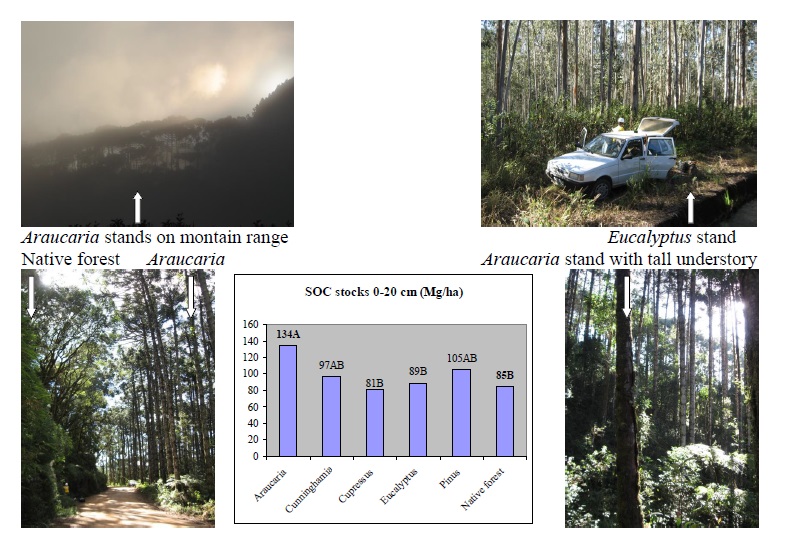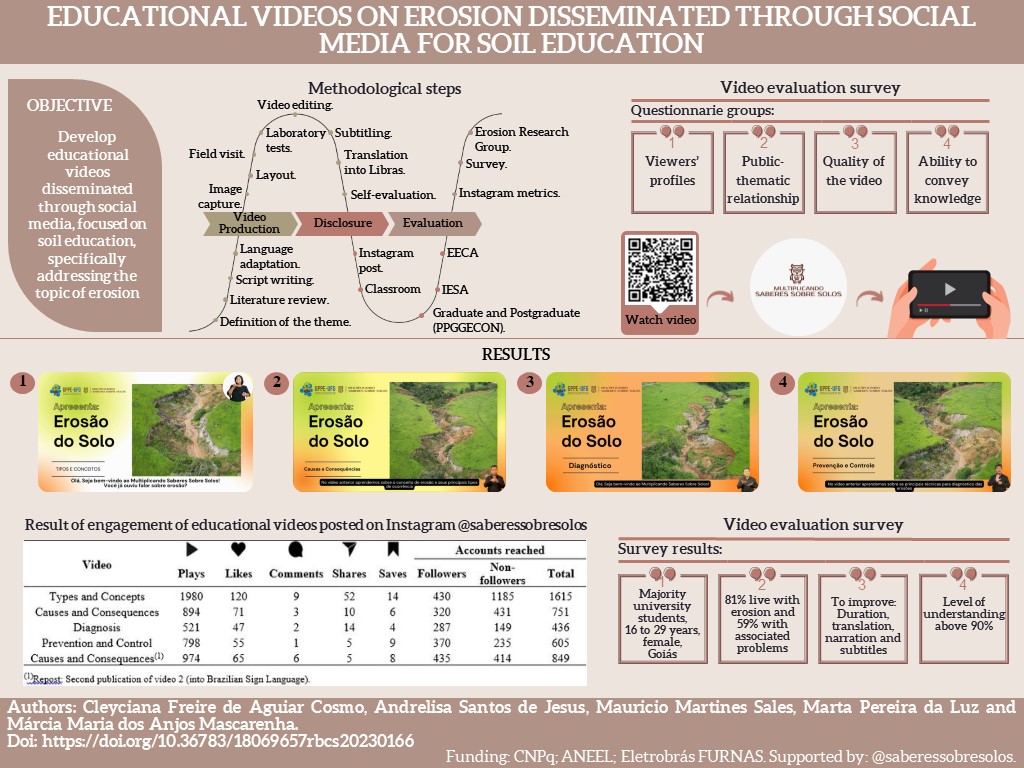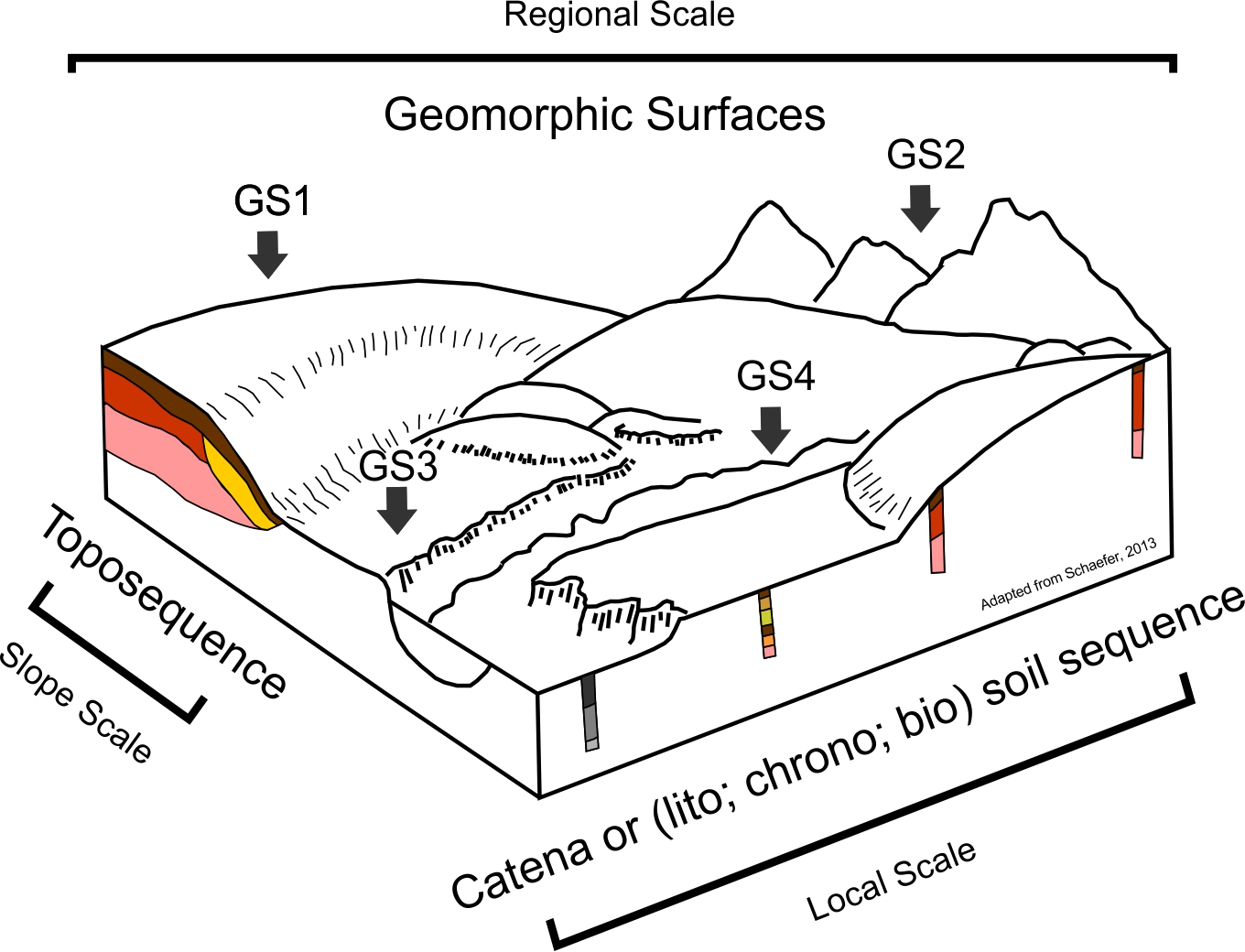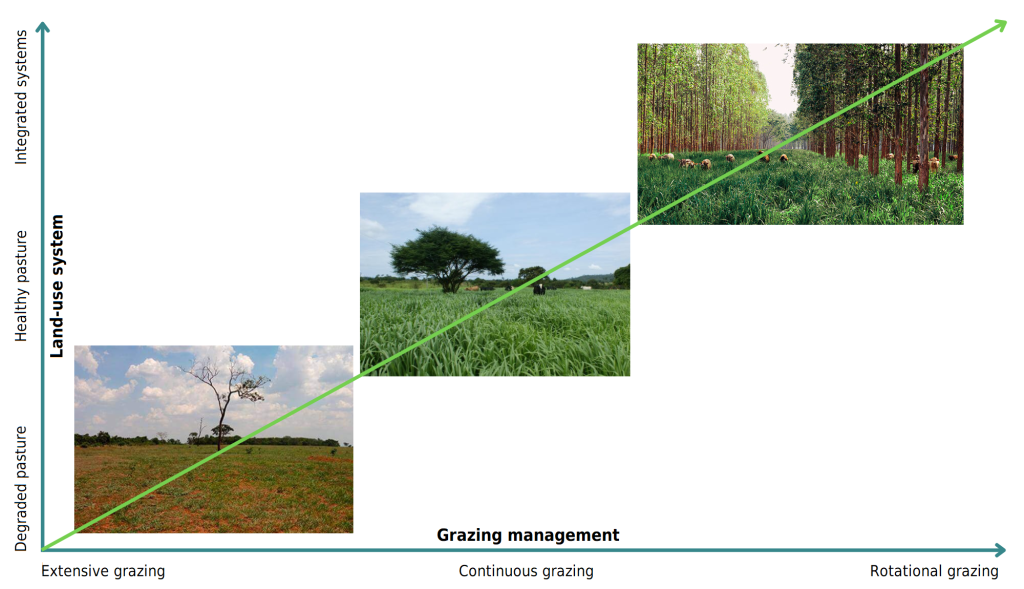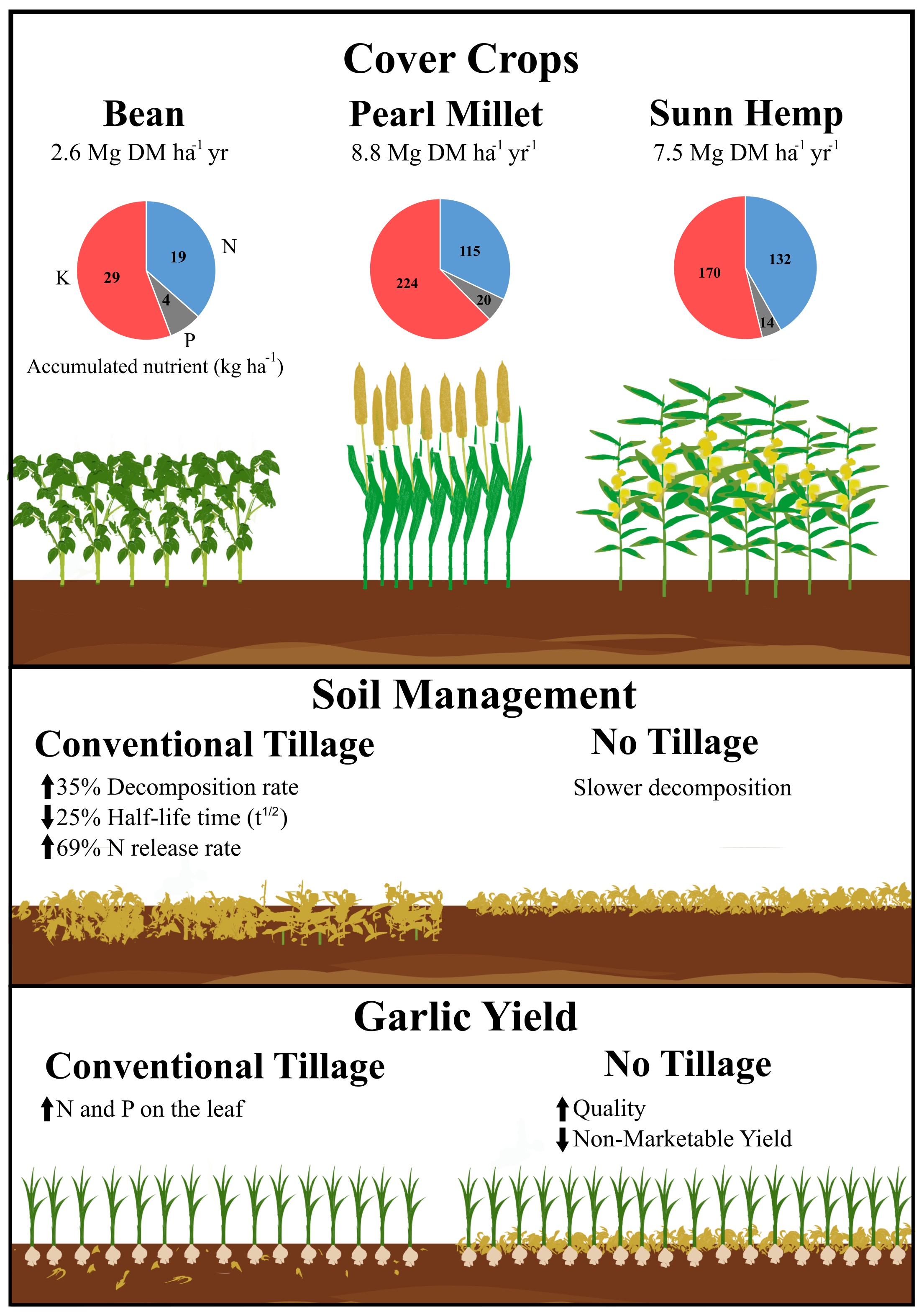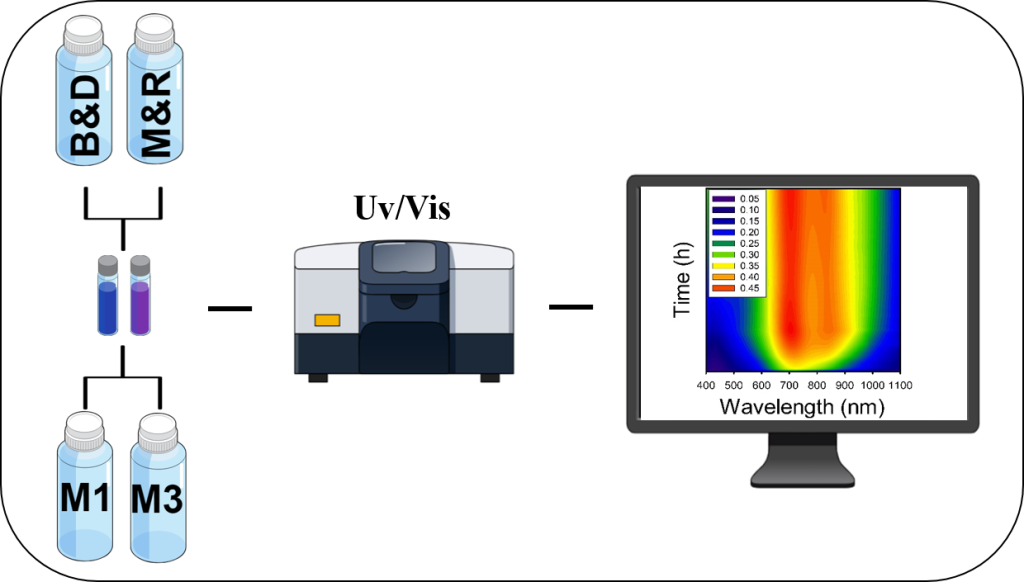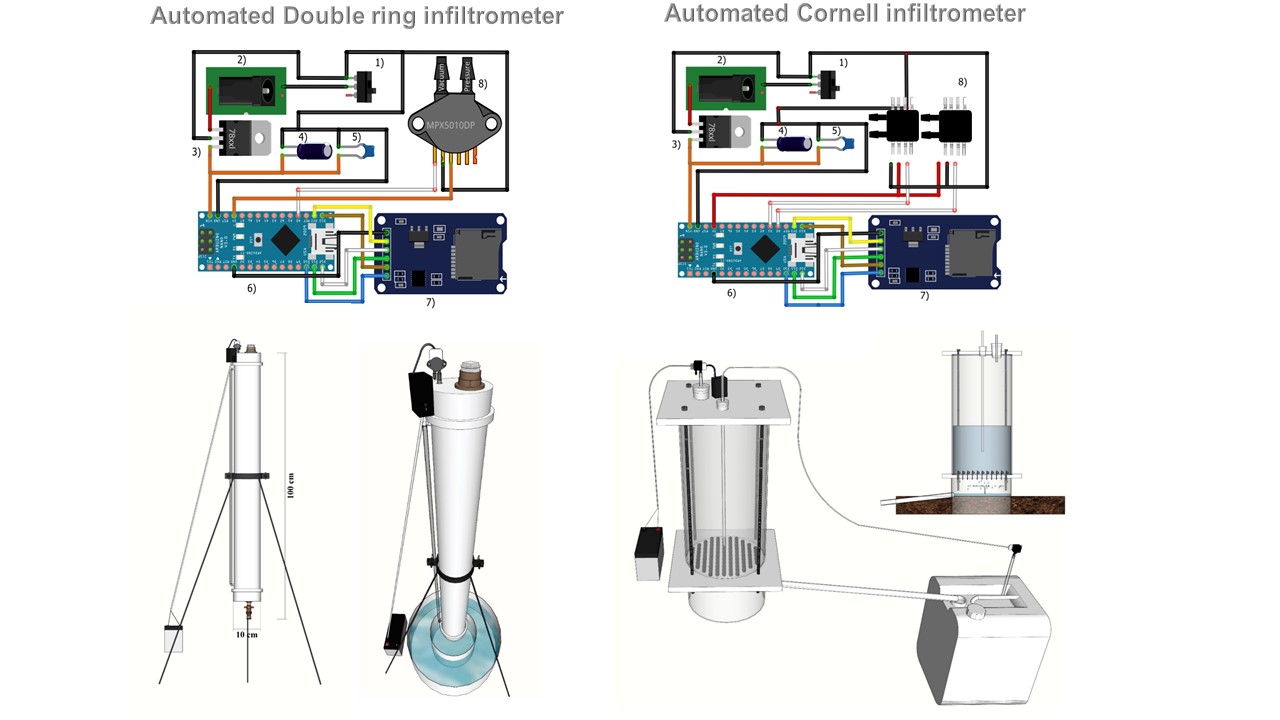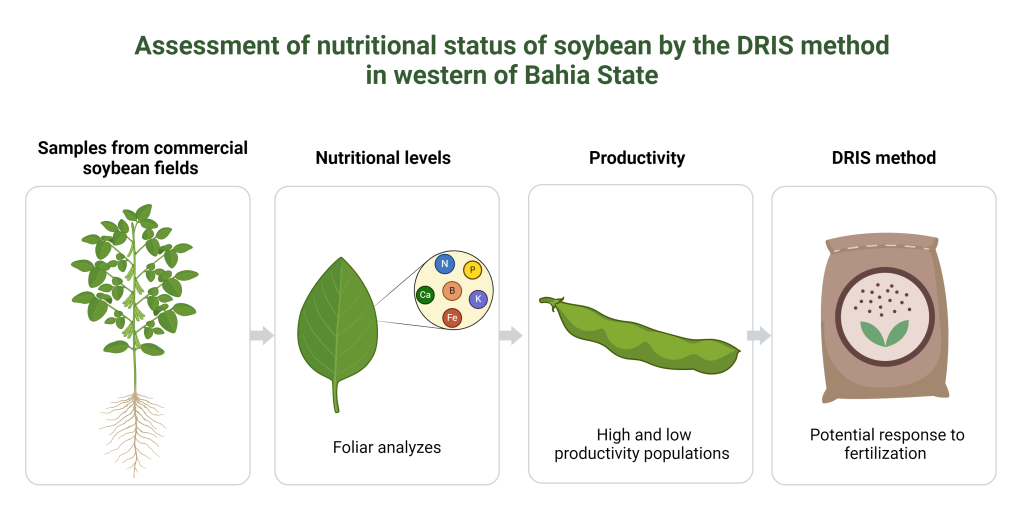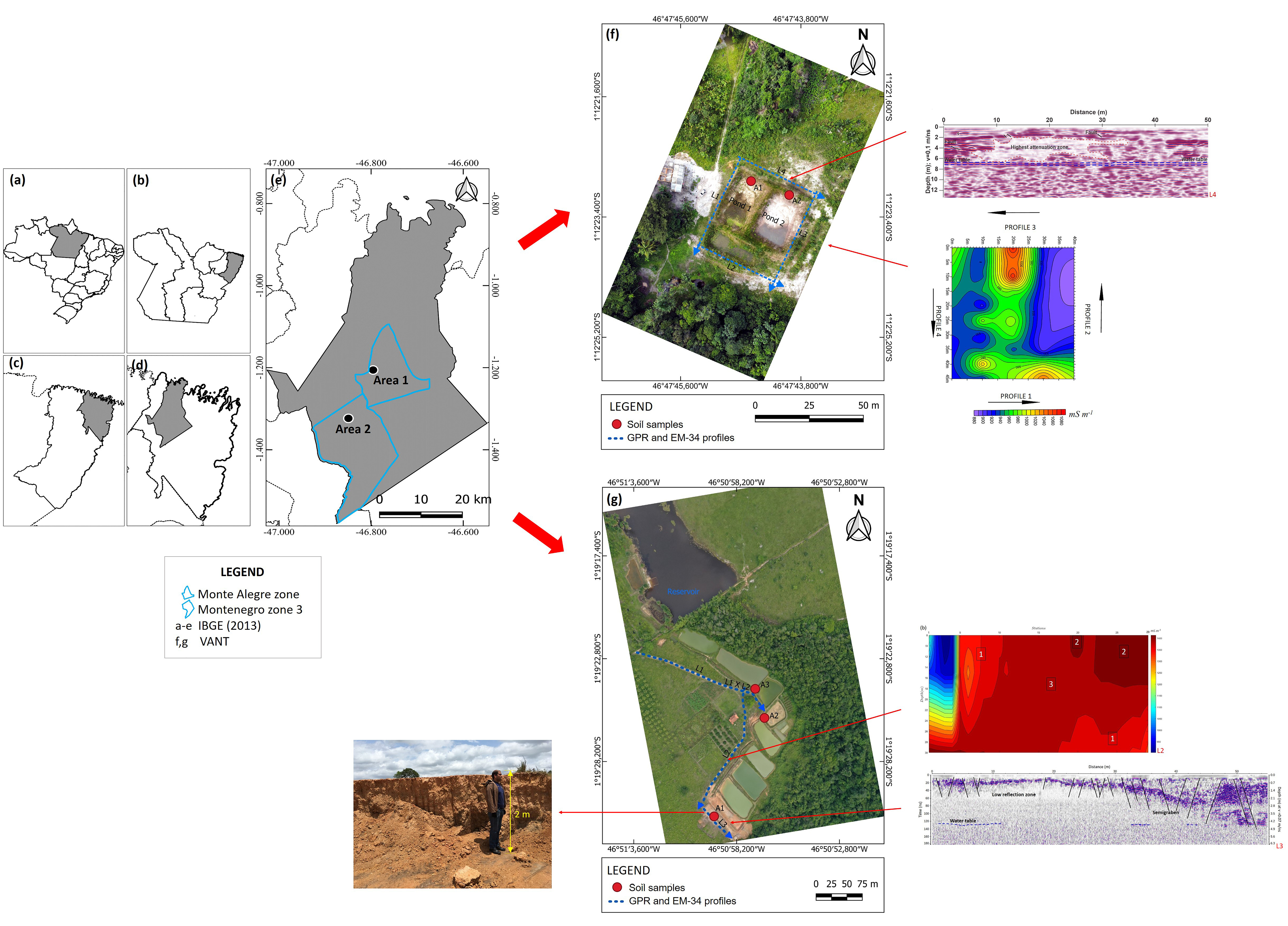Soil organic carbon sequestration under Araucaria angustifolia plantations but not under exotic tree species on a mountain range
19/jun/2024
ABSTRACT Plantation forests can be efficient C sinks in biomass and soil organic carbon (SOC), but the latter depends on many factors, including climate. Tropical humid, mountain areas have cooler temperatures, slowing microbial decomposition, and thus can store considerable SOC. However, the effects of forest plantations on SOC of these montane areas are still poorly studied. Here, we aimed to assess changes in SOC, and related soil properties, after conversion of native rainforest to plantations of five tree species, with […]
Educational videos on erosion disseminated through social media for soil education
19/jun/2024
ABSTRACT Soil education plays an important role in preventing soil degradation processes by raising awareness among the population about the importance of this non-renewable resource. Using new educational technologies in teaching, such as educational videos and social media, can speed up communication and information. This article aimed to develop educational videos on the topic of erosion, posted on social networks, as a way of popularizing science. Four videos of a maximum of 7 minutes were produced, which were shown in […]
Seasonal variation of nutrients in macaw palm (Acrocomia aculeata) leaves and sampling time definition
10/jun/2024
ABSTRACT Macaw palm (Acrocomia aculeata) is a widespread tree in Brazil, and the oil industry has been increasing interest in this tree due to its high oil concentrations, rusticity, and adaptability to different environments. Currently, macaw palms are being domesticated and are in an early rational cultivation process. Foliar diagnosis can contribute to managing fertilization, but there is no protocol for leaf sampling. This study aimed to evaluate the seasonal variation of leaf nutrient contents and indicate an adequate period […]
Toposequence: What are we talking about?
10/jun/2024
ABSTRACT The term toposequence, proposed to designate a lateral succession of soils on a slope due to the influence of topography, began to be used differently over time, distancing itself from its original concept. Here, we discuss how this concept has been used since its inception. We carried out bibliometric analyses of publications in the database available on the Web of Science since 1900. Three main approaches and related concepts, explicit or not, one at a regional scale and two […]
Carbon sequestration potential of pastures in Southern Brazil: A systematic review
31/maio/2024
ABSTRACT Since the industrial revolution, human activities have emitted approximately 2,500 Gt of CO2, increasing the concentration of atmospheric CO2 by 50 % compared to pre-industrial levels. To better understand the potential for mitigating greenhouse gas (GHG) emissions through proper management of degraded pasture areas, we conducted a systematic literature review and identified 23 publications reporting carbon sequestration values for pastures managed under different conditions in the south and southeast regions of Brazil. From this dataset, 17 publications considered to […]
Garlic yield after decomposition and nutrient release of cover crops under no-tillage and conventional tillage
31/maio/2024
ABSTRACT Garlic (Allium sativum) is normally grown under conventional tillage (CT) with soil being excessively mixed by plowing and harrowing operations that degrade soil structure, increase production costs, and increase environmental contamination. Alternatively, cover crops can be grown and their residues placed on soil surface, enabling garlic to be grown under no-tillage (NT) system. However, for subtropical climate there is little information on the impacts of tillage systems and cover crop species, particularly of their decomposition process and nutrients release, […]
P-chromophore stability of Mehlich-1 and Mehlich-3 under Braga & Defelipo or Murphy & Riley dosing methods
08/maio/2024
ABSTRACT The performance of colorimetric methods for P quantification has been overlooked by researchers for decades. We investigated the performance of two blue colorimetric methods for P quantification, Braga and Defelipo (B&D) and Murphy and Riley (M&R), using two commonly soil P extractants, Mehlich-1 (M1) and Mehlich-3 (M3). Specifically, we evaluated the color development time and its stability in different soil extractant solution proportions (1:1 or 1:4 v/v), the optimum wavelength, limits of detection, and element quantification. Our results indicate […]
Automatic measurement of water infiltration into the soil
30/abr/2024
ABSTRACT In hydrological modeling and for the development of projects related to soil and water conservation and civil engineering, determination of water infiltration variables into the soil plays a key role. However, measuring infiltration with manual infiltrometers is work-intensive and requires several people, which casts doubts on the consistency of the process description. Our objective was to develop automated and compact systems for data acquisition by double-concentric-ring and Cornell infiltrometers. The systems are based on air differential pressure sensors and […]
Assessment of nutritional status of soybean by the DRIS method in western of Bahia State
08/abr/2024
ABSTRACT Increasing soybean yield in the MATOPIBA region can be attributed to fertility management, which is crucial to achieving maximum agronomic efficiency. Therefore, the proper management begins with the assessment of plant nutrition. This study aimed to evaluate soybean nutritional status in western Bahia using the Diagnosis and Recommendation Integrated System (DRIS). Database comprised 153 samples from commercial fields located in the research area. To carry out the evaluation using the DRIS method, the database contained information on nutritional levels […]
Subsurface evaluation for aquaculture ponds in the Amazon Region
08/abr/2024
ABSTRACT Few Brazilian rural landowners are aware of the technology available to survey the subsoil of terrains earmarked for aquaculture operations. This study evaluated subsoils of Monte Alegre (area 1) and Montenegro 3 (area 2) aquaculture zones in the geographic region of Bragança (Amazon region, northern Brazil), and the adequacy of these areas for aquaculture. Ground Penetrating Radar, electrical conductivity measurements, and sedimentological analyses were applied to evaluate the subsoil of fish farms. Apparent conductivity values recorded by the Electromagnetic […]

